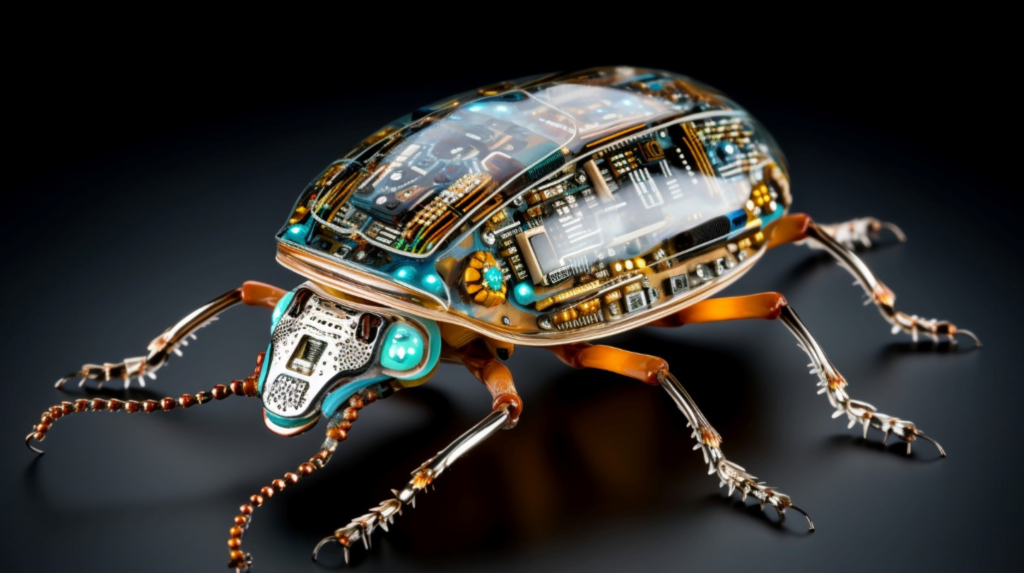The key is power supply Unlike conventional bionic robots, biohybrid robots, various micro-aircraft, and even submarines, do not have complex mechanical structures, and due to animal bodies, they are extremely mobile and consume little energy. BHRs are therefore ideal for use in rescue operations in urban and wilderness environments, monitoring environmental conditions, and exploring hazardous areas.
Their efficiency and durability depend on the power supply. Researchers at the Beijing Institute of Technology have compiled an extensive review of different methods of supplying BHRs with energy and published it in the journal Cyborg and Bionic Systems.
Five categories
The researchers classified energy supply devices into five categories: chemical batteries; solar cells; biofuel cells; devices for collecting biothermal energy sources, and bio-vibration harvesters.
Scientists at the Beijing Institute of Technology reviewed different methods of supplying biohybrid robots with energy.
They separately analyzed different types of animal carriers when selecting chemical batteries. For example, when selecting a battery for flying insects, in addition to meeting basic electrical requirements, the weight and size of the entire battery must be taken into account so that the carrier insect can fly properly.
“Energetic Scavengers”
The field of energy supply research for BHRs is still in its infancy, researchers emphasize. However, it is a fact that batteries are becoming smaller and smaller but cannot provide sustainable energy for BHRs. In addition, frequent charging inevitably affects the lifespan of the animals. Therefore, some researchers have begun to develop solar cells, as well as biofuel cells, biogas thermal, and bio-vibration energy harvesters to supply BHRs with energy.
The Beijing Institute of Technology’s review also includes a summary of current research on self-powered devices. Such “energetic scavengers” can effectively collect various forms of energy from the surrounding environment or the animals themselves, which could achieve self-powering of BHRs, the researchers emphasize five important challenges to overcome when developing biohybrid robots.
Five challenges
The first is the development of high-energy-density energy supply devices by creating new materials and further advancing micro and nanotechnology to enable the development of structural design on a micro-scale.
The second is the development of biocompatible energy supply devices to avoid serious immune reactions that could affect the lifespan of the animal carriers. The third is complex energy supply. By reasonably collecting multiple sources of energy from the environment and using multiple energy conversion mechanisms, the efficiency of the energy supply device’s space utilization is effectively improved, and the output power can be increased.
The fourth is energy supply stability because long-term stability of the energy supply system is a basic requirement for effective control of BHRs. The last is environmentally friendly energy supply. As BHRs are used in natural environments, the key challenge is to address the impact of the energy supply system on the environment, conclude the Chinese researchers in their review of BHR energy supply methods.
